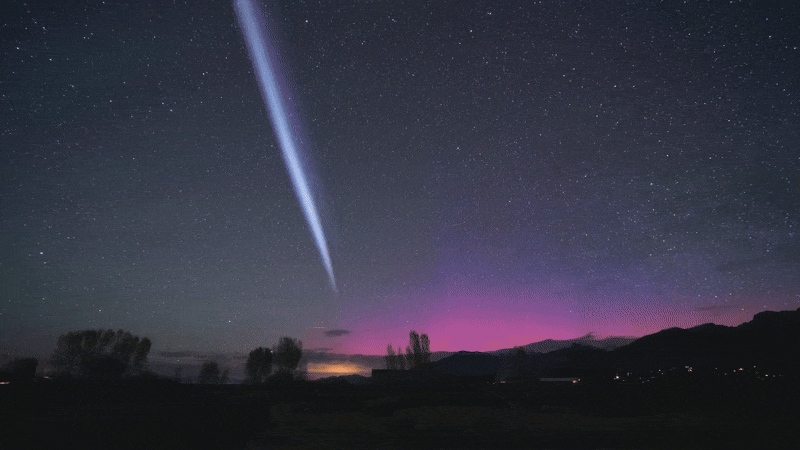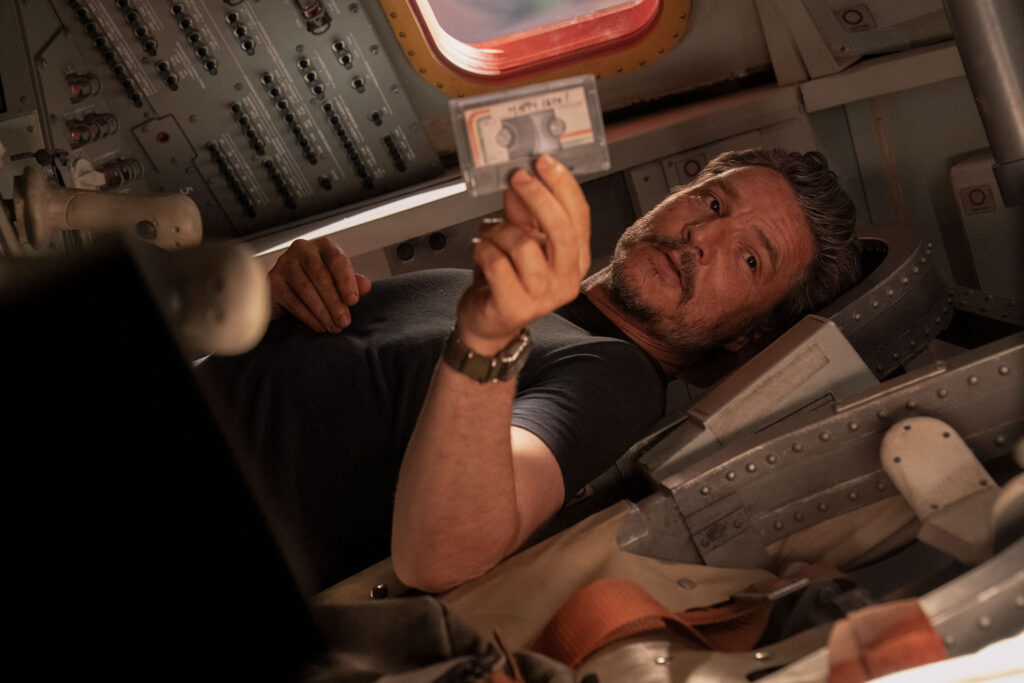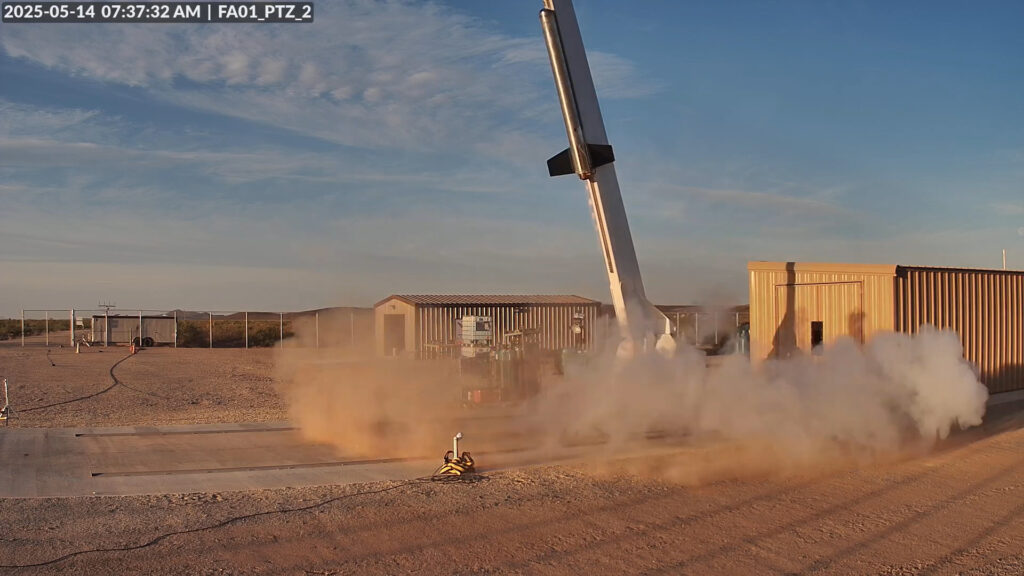NASA’s Mars rover Curiosity recently posed for a selfie in front of a beautiful Martian rock outcrop called “Mont Mercou,” after probing the area for clues about the Red Planet’s past.
Curiosity landed inside Mars’ 96-mile-wide (154 kilometers) Gale Crater in August 2012 with a primary goal to find out if the planet is, or was, suitable for life. Earlier in March, the rover arrived at a scenic rock formation as it traversed the slopes of Mount Sharp — a 3-mile-tall (5 km) mountain located at the center of Gale Crater, which Curiosity has been climbing since September 2014.
This new rock formation — nicknamed Mont Mercou after a mountain in France — stands about 20 feet (6 meters) tall and can be seen to the left of the rover in the new selfie, which NASA released Tuesday (March 30).
Video: Curiosity snaps new selfie on Mars & Mont ‘Mercou’ panoramas
Related: Amazing Mars photos by NASA’s Curiosity rover

Using its Mastcam instrument, the rover snapped 11 images of itself near Mont Mercou on March 16, along with another 60 images on March 26, which were taken using the Mars Hand Lens Imager (MAHLI) on the rover’s robotic arm. The two sets of images were combined to create the rover’s latest selfie.
The new images not only capture the rover and the beautiful Martian landscape, but also show a new drill hole, representing Curiosity’s 30th rock sample on Mars, which has been nicknamed “Nontron” after the small village in the southeast of France, near Mont Mercou. Curiosity used its drill to pulverize the rock samples into powder, which is then deposited into laboratory instruments inside the vehicle and analyzed for signs that Mars may have once supported life, according to a statement from NASA.
“The team chose Nontron-related nicknames for this part of the Red Planet because Mars orbiters detected nontronite, a type of clay mineral found close to Nontron, [France],” according to the statement. “Surface missions assign nicknames to landmarks to provide the mission’s team members a common way to refer to rocks, soils and other geologic features of interest.”
Related: NASA honors Navajo language on Mars with Perseverance rover rock names
Currently, the rover is working its way up Mount Sharp, transitioning from the “clay-bearing unit” — an area characterized by minerals that usually form in water — and the “sulfate-bearing unit.” Sulfates, like gypsum and Epsom salts, are minerals that form when water evaporates, so the presence of sulfates on Mars could provide clues about the history of water on Mars.
“Scientists have long thought this transition might reveal what happened to Mars as it became the desert planet we see today,” according to the NASA statement

In addition to the new selfie, the rover also captured a pair of panoramas that offer a 3D view of Mount Mercou. Using its Mastcam on March 4, Curiosity took 32 individual images to create one panoramic view of the outcrop from about 130 feet (40 m) away. The rover also photographed the sides of the rock formation from the same distance to create a stereoscopic effect similar to those seen in 3D viewfinders.
“Studying the outcrop from more than one angle helps scientists get a better idea of the 3D geometry of Mount Mercou’s sedimentary layers,” according to the statement from NASA.

Curiosity also used its Mastcam to create a 360-degree panorama of Mont Mercou and its surroundings, which is composed of 126 individual images taken on March 3. Mont Mercou is captured to the right in the upper part of this panoramic view, with Mount Sharp’s peaks towering behind the outcrop and its summit near the top of the image, just left of center.
Follow Samantha Mathewson @Sam_Ashley13. Follow us on Twitter @Spacedotcom and on Facebook.


